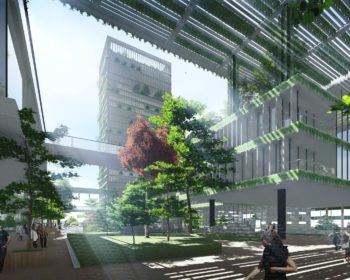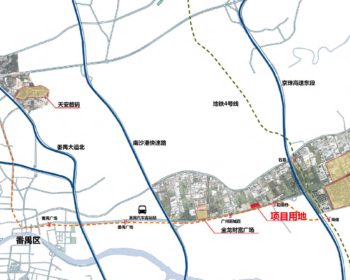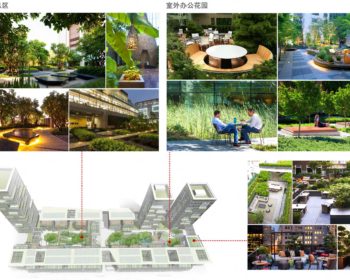Projects
Mixed residential development at Panyu, Guangzhou (China)
-
This project originated from an invitation to take part in a competition organised by the property development company COUNTRY GARDEN from the People’s Republic of China. This related to a 130,000 m2 roof area property development for mixed uses: residential, offices and services, in Panyu, Guangzhou.
What turned out to be the winning proposal was created by a “Joint Venture” between A&SB and engineers from Guangzhou TERMER INT’ L.
In the creation of the project, considerable attention was given to the climatic environment:
Guangzhou is a city located in the south of China, near Hong Kong. It has a humid tropical climate, with high temperatures and high relative humidity, and receives abundant rainfall which is subject to a monsoon rain regime.
As passive strategies, to adapt the proposal for solar protection and ventilation, taking advantage of both the sea breezes and thermal ventilation generated by the outline of the complex itself.
In the solution that was adopted, it was decided to design two alignments of medium-height isolated buildings in which three high buildings were planned to stand out on both sides of a central space, forming a staggered section with successive landscaped terraces.
The incorporation of tropical vegetation throughout the complex has made it possible to obtain an attractive landscape and to generate beneficial anti-stress effects and improve the quality of the air, which is fundamental for the health and well-being of its inhabitants.
It also helps to appropriately manage the rainwater that falls in torrents during the monsoon season. The vegetation makes it possible to laminate the flow capacity and to progressively absorb the run-off, thereby preventing the great accumulations of water and subsequent flooding that are caused by totally impermeable surfaces.
In order to achieve the NZEB objective, the buildings are covered by a photovoltaic pergola that provides solar protection and, at the same time, support for a photovoltaic field that will produce part of the electrical energy that will be consumed by the buildings. This will permit a considerable reduction in CO2 emissions and consequently reduce the carbon footprint, thereby contributing to the fight against climatic change.










